September 24, 2020
2020 is a year for the record books (thanks COVID-19). As healthcare PR professionals, we will always remember 2020 as the year that the HIMSS annual conference was cancelled for the first time ever. While the cancellation of HIMSS20 was a painful blow for both our clients and the Aria team, we can all start looking forward to HIMSS21, which is scheduled to take place August 9–13, 2021 in Las Vegas. With the 2021 date set, it is time to start thinking about HIMSS speaking proposals (the speaking portal officially opens October 5).
The HIMSS annual conference typically receives more than 700 speaking proposals every year, which is why it is important to develop an abstract that stands out among the crowd. Here at Aria, we have learned a thing or two over the last 20-plus years of crafting client speaking proposals. To help give you a leg up, we’ve outlined our top four tips:
1. Secure an end-user who can speak to real-world applications and results as your co-presenter
Remember, attendees do not want to sit through a lecture solely presented by a vendor or mainly focused on a product. The audience wants to hear from an organization that can speak about a relatable problem they were experiencing and how they solved it (with the help of your company and/or its solution offering). The right co-presenter adds immense value and credibility to your presentation.
2. Be strategic about proposal title
It might seem like an after-thought compared to the work needed for the more in-depth sections in the speaking submission, but your proposal’s title is a key factor in the judging process. A title that doesn’t grab the judges’ attention or that doesn’t accurately reflect the content of the presentation can cause reviewers to bypass your submission.
A good rule of thumb: save creating the title until the end. Once you have the bulk of the submission done, it will be easier to write a compelling, accurate title that ties in the session details and goals.
3. State the facts
Theoretical presentations do not do well during the review process. Reviewers are looking for submissions that contain factual information and proven results, which is why a solid client case study is a good place to start.
When developing the submission, make sure you call out any quantitative and qualitative results or research. These actionable results will show reviewers that your submission will align with the conference’s educational goals for attendees.
Important note: ensure all data and research is complete and valid at the time of submission. Conference organizers will not accept a “promise” of results to be delivered at a later date.
4. Start early
HIMSS proposals are quite lengthy, so it is important you allow yourself enough time for development and review(s).
Believe it or not, over 85 percent of submissions are sent in the last week of the open portal period. While your goal might be to just submit on time, aim to submit at least a week early. This will give you and your client(s) enough time for any last minute adjustments or changes.
Temperature-wise, HIMSS21 is likely going to be the hottest on record, but that won’t stop the Aria team from joining all of its clients in Vegas! If you’re looking for a healthcare PR agency that can help support your HIMSS21 presence, please contact Jessica Cohen (jcohen@ariamarketing.com) to learn more about our services.

